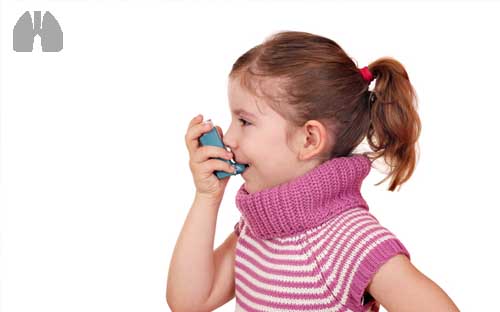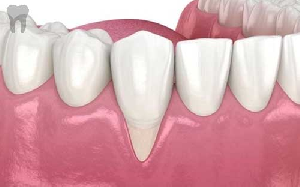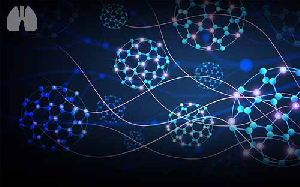
Sanghun Lee, Jessica Ann Lasky-Su, Christoph Lange, Wonji Kim, Preeti Lakshman Kumar, Merry-Lynn N. McDonald, Carlos A. Vaz Fragoso, Cecelia Laurie, Benjamin A. Raby,Juan C. Celedón, Michael H. Cho, Sungho Won, Scott T. Weiss, Julian Hecker
European Respiratory Journal 2020; DOI: 10.1183/13993003.01224-2020
Abstract
Background Most children diagnosed with asthma suffer from respiratory symptoms such as cough, dyspnea, and wheezing which are also important markers of overall respiratory function. A decade of genome-wide association studies (GWAS) have investigated the genetic susceptibility of asthma diagnosis itself, but few have focused on important respiratory symptoms that characterise childhood asthma.
Method Using whole-genome sequencing (WGS) data for 894 asthmatic trios from a Costa Rican cohort, we performed family-based association tests (FBATs) to assess the association between genetic variants and multiple asthma-relevant respiratory phenotypes: cough, phlegm, wheezing, exertional dyspnea, and exertional chest tightness. We tested whether genome-wide significant associations replicated in two additional studies: 1) 286 WGS trios from the Childhood Asthma Management Program (CAMP), and 2) 2691 African American (AA) current or former smokers from the COPDGene study.
Results In the 894 Costa Rican trios, we identified a genome-wide significant association between exertional dyspnea and single nucleotide polymorphism (SNP) rs10165869, located on chromosome 2q37.3 with a p value of 3.49×10−9 that was replicated in the CAMP cohort (p=0.0222) with the same direction of association (combined p=5.54×10−10), but was not associated in the AA subjects from COPDGene. We also found suggestive evidence of a link between SNP rs10165869 and the atypical chemokine receptor 3 (ACKR3) for the biological interpretation.
Conclusion We identified and replicated a novel association between exertional dyspnea and SNP rs10165869 in childhood asthma which encourages to discover respiratory symptom associated variants in various airway diseases.
Footnotes
This manuscript has recently been accepted for publication in the European Respiratory Journal. It is published here in its accepted form prior to copyediting and typesetting by our production team. After these production processes are complete and the authors have approved the resulting proofs, the article will move to the latest issue of the ERJ online. Please open or download the PDF to view this article.
Conflict of interest: Dr. Lee has nothing to disclose.
Conflict of interest: Dr Lasky-Su has nothing to disclose.
Conflict of interest: Dr Lange has nothing to disclose.
Conflict of interest: Dr Kim has nothing to disclose.
Conflict of interest: Dr Kumar has nothing to disclose.
Conflict of interest: Dr. McDonald has nothing to disclose.
Conflict of interest: Dr. Vaz Fragoso has nothing to disclose.
Conflict of interest: Dr Laurie has nothing to disclose.
Conflict of interest: Dr Raby has nothing to disclose.
Conflict of interest: Dr. Celedon has received research materials from GSK and Merck (inhaled steroids) and Pharmavite (vitamin D and placebo capsules), in order to provide medications free of cost to participants in NIH-funded studies, unrelated to the current work.
Conflict of interest: Dr Cho has nothing to disclose.
Conflict of interest: Dr Won has nothing to disclose.
Conflict of interest: Dr. Weiss reports that he is an author for UpToDate, PI of several NIH grants and an unpaid advisor to Novartis Pharmaceuticals.
Conflict of interest: Dr. Hecker has nothing to disclose.
- Received April 16, 2020.
- Accepted July 31, 2020.
- Copyright ©ERS 2020














